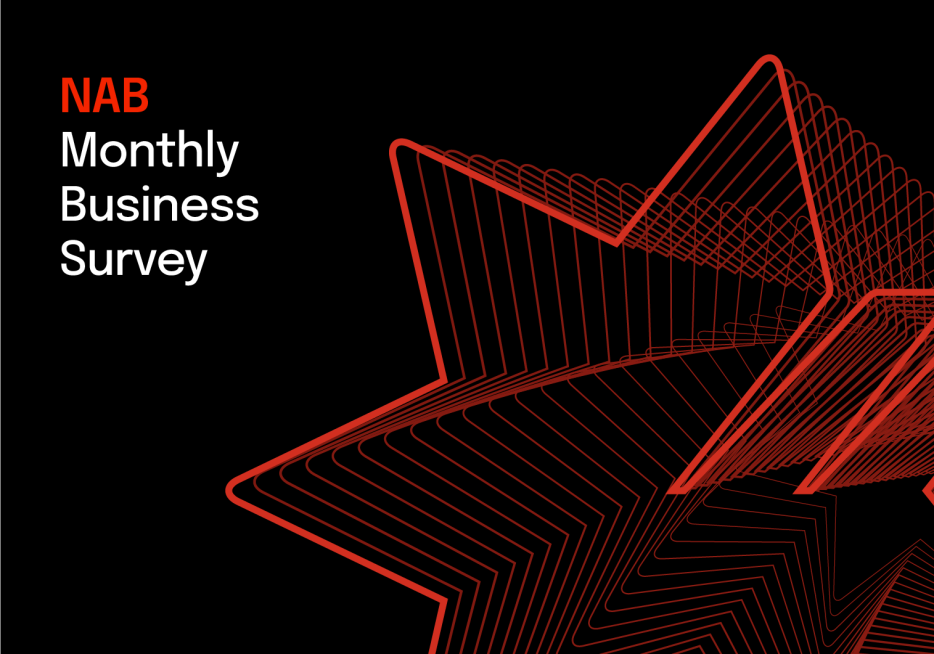Confidence continues to lift


Insight
A lot of small and medium businesses don’t realise they are conducting Research & Development when they improve existing products or develop new ones. They might be eligible for a generous tax incentive, but time to claim is running out.

The idea of Research & Development usually conjures up images of scientists in lab coats conducting experiments with test tubes and Bunsen burners.
R&D is actually a lot broader than that and many small businesses might be doing R&D and not be aware of it. Essentially, R&D can involve developing a new product or business process, or improving existing ones.
Many small businesses are also unaware that they can receive a generous tax incentive for their R&D and that the deadline for claiming the incentive for 2014-15 is fast approaching, says Charmaine Chalmers, a tax partner at professional services firm PwC.
The R&D incentive helps companies cover the cost of creating new things or improving old things.
“If you’re a small company and you’re improving your products or your processes or you’re inventing new ones, then the chances are that you’re doing some things that would attract this incentive,” she says.
“You don’t need a Bunsen burner to claim under the program.”
Practically anything involved with the development of a new product or process can be claimed – the cost of staff working on the project; consultants; equipment; overheads; software; and travel, among other costs.
Examples of the sorts of business which conduct R&D include companies developing new food products, such as extending the shelf-life of organic food; manufacturers who take a piece of equipment from one industry and adapt it to their own industry; and app developers.
Chalmers says about 13,000 companies including 10,000 SMEs participate in the government’s R&D Tax Offset program, but PwC research reveals the number of companies who are eligible for the offset is between 25,000 and 30,000.
“They either just don’t know the program exists or it’s too complicated and time-consuming to access,” she says.
Fortunately, PwC has developed an online tool which lets business easily assess their eligibility for the R&D Tax Incentive and calculate how much they will receive.
The tool, Nifty R&D, transforms a complicated tax process that takes a number of weeks to claim into a 30 minute online offering. Users fill out a simple online questionnaire and their eligibility and the value of their claim is than assessed by PwC tax professionals.
As part of its commitment to help small and medium businesses grow and prosper, NAB is connecting customers to Nifty if they think might be eligible for the R&D incentive.
Time is running out for businesses to claim on their R&D expenditure for the 2014-15 tax year. Those companies with a June 30 financial year-end need to register their R&D activities before April 30.
Fred Law, tax manager at NAB, advises companies to consider whether they have undertaken any activities which might fall under the R&D category and hence be eligible for the tax incentive.
“They should have a look at what they have done in the past and have a look at whether any of these activities might qualify as R&D,” he says.
Law says innovation is crucial to help small to medium businesses grow and prosper.
Developing new or improved products helps SMEs increase their sales and tap into new markets. New or improved business processes can boost SMEs’ profits by making them more efficient, potentially freeing up cash and labour.
The tax incentive provides a financial boost for companies to help them defray the cost of R&D.
Mobile app platform Sixty is a company that has benefitted from the R&D Tax Incentive.
The Sixty app allows SMEs to easily create their own mobile business app in a few minutes. They simply upload photos of their products and product information, and choose a design to suit their business and the app is ready to go.
Company founder Matthew Snowden says the app creates a “mobile business card” for businesses, and is especially useful for the self-employed and contractors. “It works particularly well for people who run their life on a mobile phone like a tradie because they live on their phone, booking jobs and so on,” he says.
Customers can use the app to message the business and ask questions and make bookings.
Sixty used Nifty R&D to claim the R&D tax offset for the cost of engineers and designers who built the app, as well as for some fixed costs. “The R&D was that we had to build a custom code to enable anyone to build their own mini-app on our app,” he says.
Snowden says the R&D incentive was a significant financial boost for the start-up.
“It helps the company financially overall because it’s almost like venture capital money,” he says. “It gives you more money options to last around six to 12 months without going to external funding.”
The R&D Tax Incentive is the Federal Government’s biggest financial program to motivate companies to innovate. It has a minimum spend of $20,000.
It falls into two broad categories:
© National Australia Bank Limited. ABN 12 004 044 937 AFSL and Australian Credit Licence 230686.